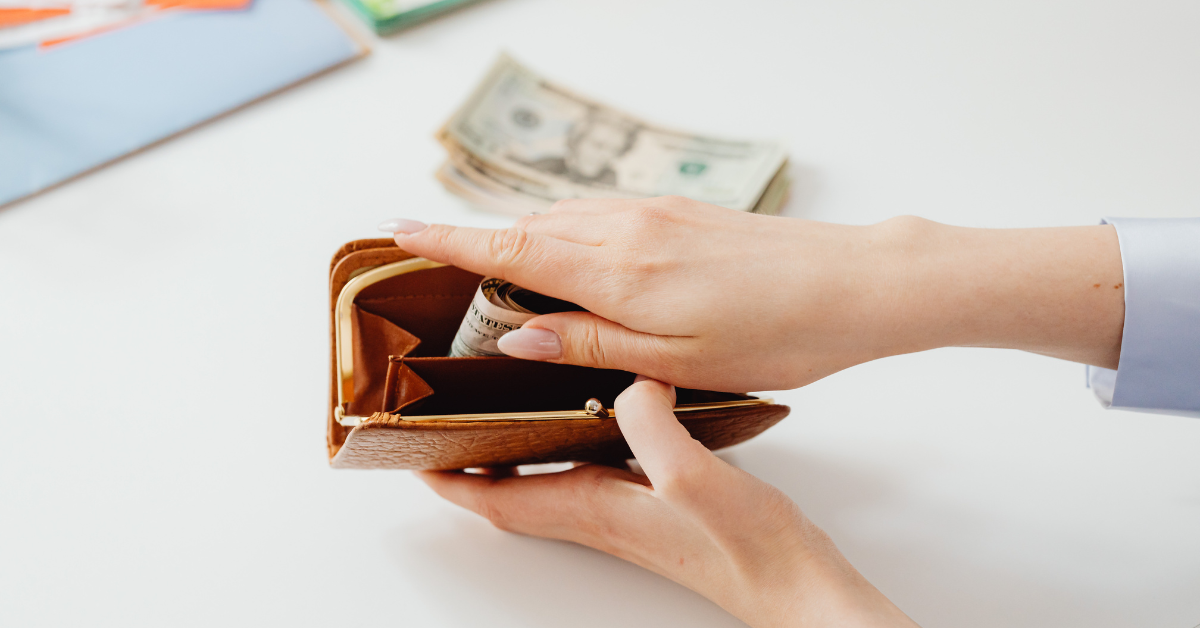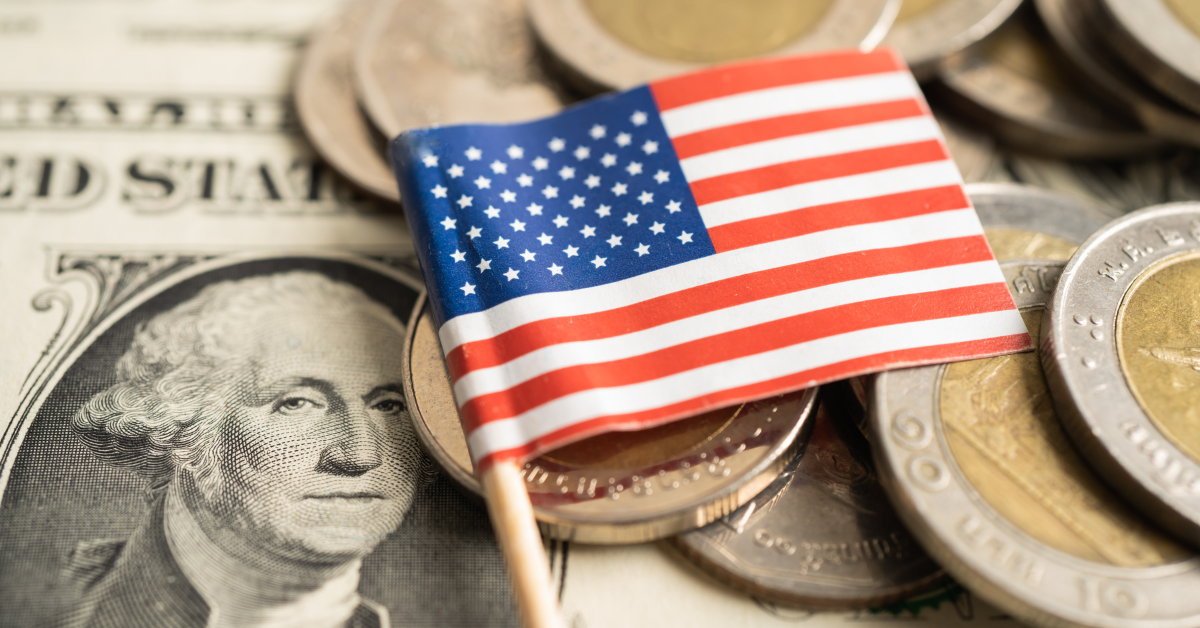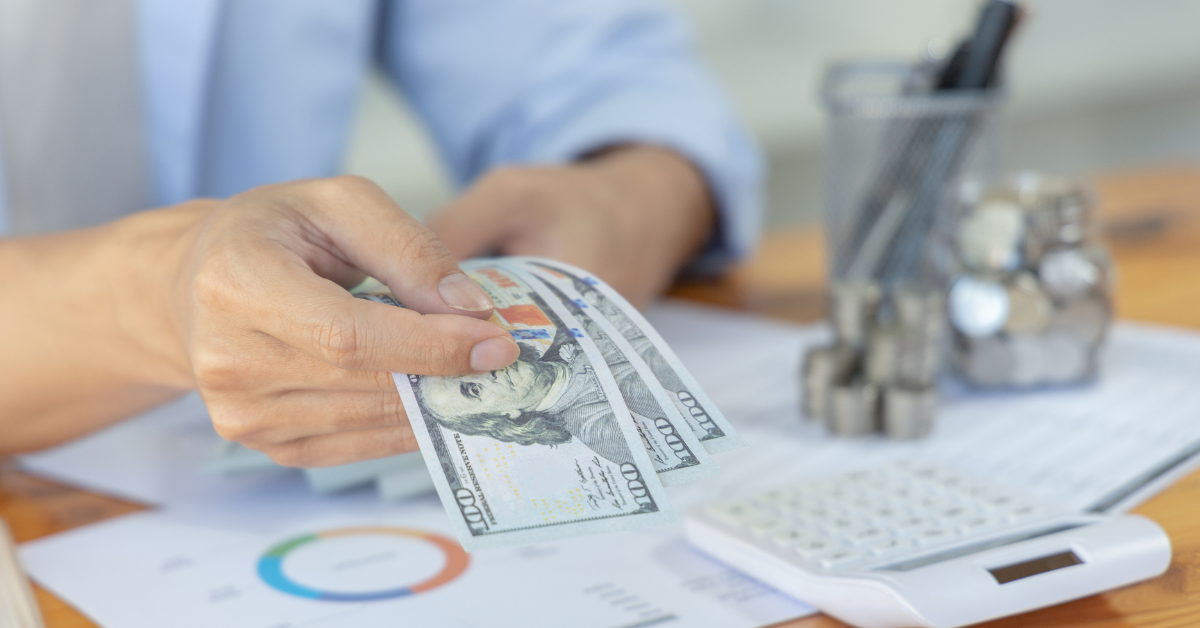Introduction: What is an Economic Cycle?
An economic cycle refers to the natural fluctuation of the economy between periods of expansion and contraction. This cycle is crucial to understanding how economies grow and shrink over time. It’s essential to grasp the basics of economic cycles because they directly affect your personal finances, from employment to investment returns. In this article, we’ll dive into the different phases of the economic cycle and explore how each one impacts your wallet.
What Are the Phases of the Economic Cycle?
- Expansion During the expansion phase, the economy is growing. GDP (Gross Domestic Product) increases, unemployment drops, and businesses experience increased sales and profits. Consumers tend to spend more, and borrowing is easier because interest rates are low. During this phase, your income may rise, job security is more stable, and investments typically perform well.
- Peak The peak marks the height of the economic cycle, where growth slows down. At this point, the economy is operating at full capacity, and there’s little room for further expansion. Inflation often rises as demand outpaces supply, and central banks may increase interest rates to combat this. While wages may still be rising, you may notice that the cost of living is becoming more expensive.
- Contraction (Recession) A contraction occurs when the economy begins to shrink. During this phase, businesses may start to cut back on production, leading to layoffs and increased unemployment. Consumer spending declines, and lending becomes tighter, often due to higher interest rates. For your wallet, this means tighter finances, job instability, and a reduction in the value of your investments. Recessions can last for several months or even years, depending on the severity.
- Trough The trough is the bottom of the economic cycle, where the economy has contracted as much as it can. At this stage, consumer confidence and investment begin to recover, and the economy begins to prepare for the next cycle of expansion. For individuals, this can be a time of uncertainty but also opportunities. Lower asset prices can make it a good time to invest, and interest rates might begin to drop, making borrowing more affordable.
How Economic Cycles Impact Your Wallet
- Employment and Job Security Economic expansion usually means more job opportunities and higher wages. During a recession, however, companies may cut jobs or freeze hiring. Understanding where we are in the economic cycle helps you plan for job security and income stability.
- Interest Rates and Borrowing Costs Central banks control interest rates to influence the economy. In an expansion, interest rates may remain low to stimulate growth. During a recession, they may be lowered even further to encourage borrowing. For consumers, this can impact how much you pay for loans, mortgages, and credit cards.
- Investment Opportunities Stock market performance often reflects the current economic cycle. During expansions, stocks tend to perform well, while during contractions, stock prices can fall. Recognizing the signs of an economic downturn or boom can help you adjust your investment strategy accordingly.
- Inflation and Cost of Living Inflation usually rises during the peak of an economic cycle, leading to higher prices for goods and services. Understanding this can help you prepare for periods of higher living costs, particularly in essentials like food and energy.
Conclusion: Navigating Economic Cycles
While it’s impossible to predict the exact timing of economic cycles, understanding the phases can help you make informed decisions about saving, investing, and managing debt. By staying informed, you can better position your wallet to weather the ups and downs of the economy and protect your financial well-being in both good and bad times.




